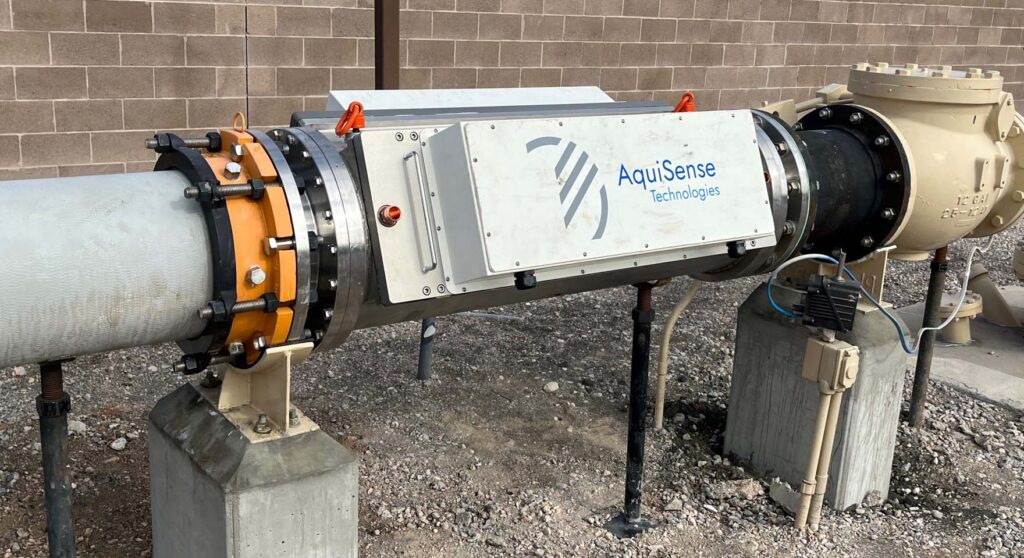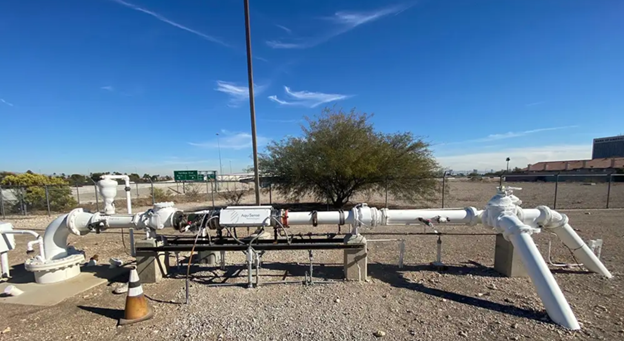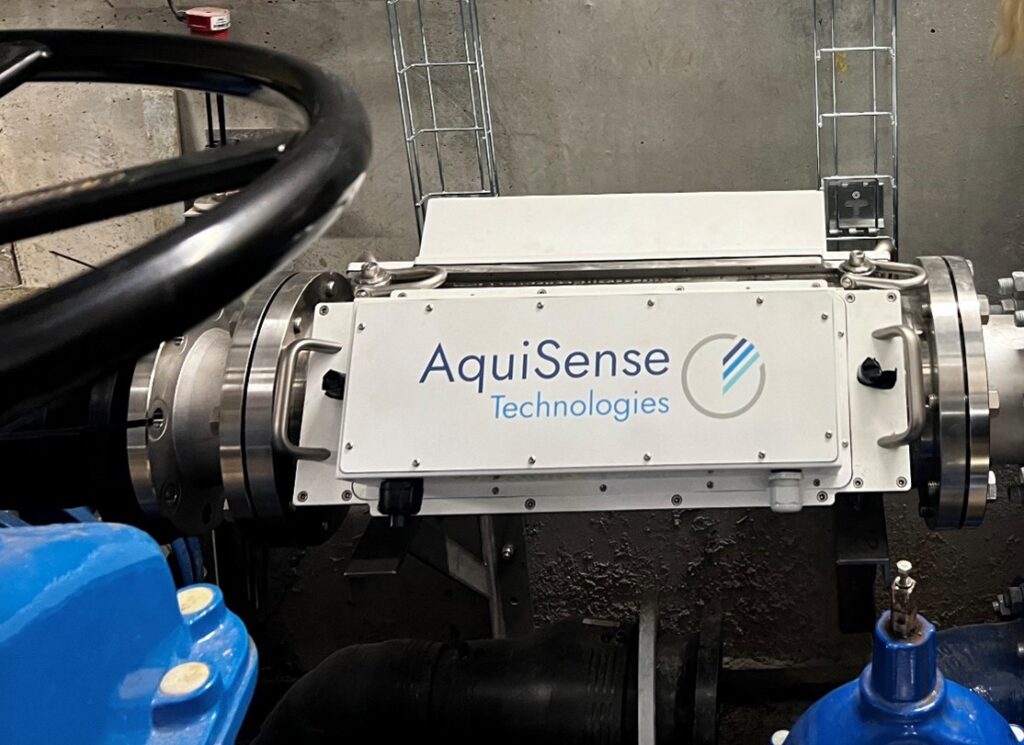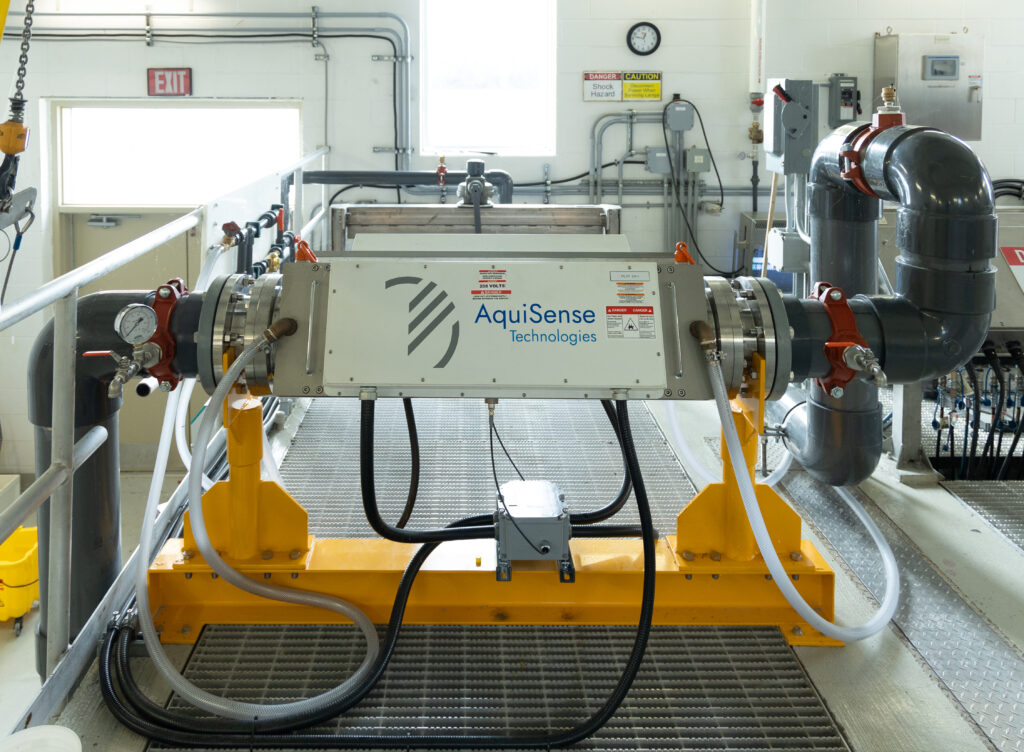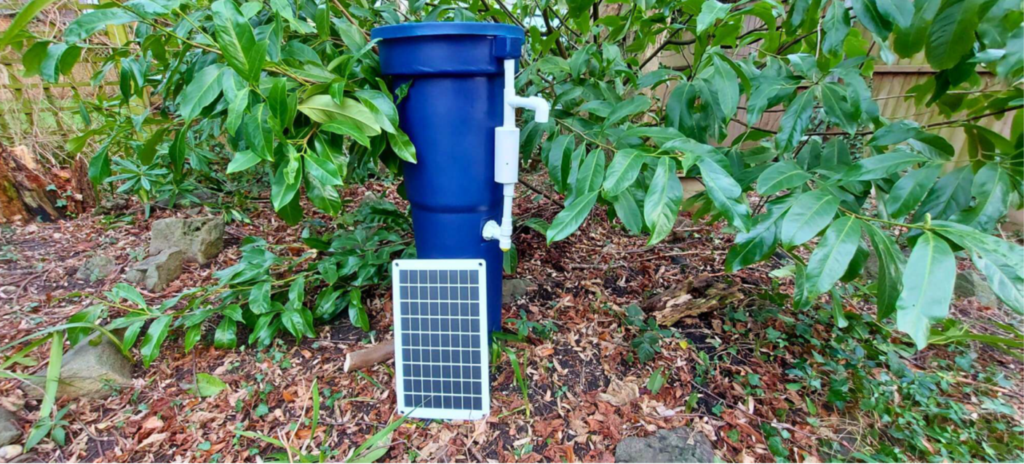Las Vegas Valley Water District and Southern Nevada Water Authority
Overview
The 500-square mile Las Vegas Valley is home to a population of more than 2 million residents. Water supply comes from Lake Mead, the local aquifer and reclaimed water.
The Las Vegas Valley Water District (LVVWD) is the water service provider for the city of Las Vegas and unincorporated Clark County. The Southern Nevada Water Authority (SNWA), located in Las Vegas, is a regional entity comprised of seven water and wastewater agencies, including the Las Vegas Valley Water District. SNWA is responsible for water treatment and delivery, as well as acquiring and managing long-term water resources for Southern Nevada. The team at SNWA’s Water Quality Research and Development center work to improve the quality of drinking water, including testing and evaluation of new water treatment methods.
Problem
Las Vegas Valley is in the midst of the longest sustained drought seen along the Colorado River. Permanent aridification impacts the amount of water being produced and the amount of water that communities are using. Water reductions across every single sector across the Colorado River basin is necessary to continue to hold on as a basin. Changes to Lake Mead levels requires strategies for water quality changes and changes in water resources to understand how water quality may change and to plan how to ensure a continued supply of the highest quality water possible.
Innovation
Design innovation included ray tracing, computational fluid dynamics, thermal simulation, circuit board layout and materials stress analysis. The PearlAqua Tera™ is one of the first full-scale UV-C LED reactor for municipal use and it was the first in the Americas and also one of the first in the world. AquiSense developed the PearlAqua Tera™ to handle municipal and industrial level disinfection with flowrates up to 6 MGD (22,712 m3/D) and to withstand the environmental conditions for an outdoor municipal water treatment reactor.
Operational benefits specific to LEDs, including a robust design, mercury free operation, low cost of ownership and maintenance, and chemical-free disinfection in a small, self-contained unit. Automatic on/off switching provides the ability to instantaneously turn the LEDs on/off with no restriction on the number of cycles per day. No warmup period gives operators a lot more control over systems use. All replacement parts are designed to be isolated from the reaction chamber while still pressurized. Operators simply remove a few external fixtures to remove the lamp assembly and reattach a new lamp module. The technology allows for all electronic lamp drivers to be housed in the same assembly, thus negating the need for an additional ballast cabinet and interconnecting cabling. This significantly reduces the system footprint, installation complexity and cost.
Advanced thermal management with the PearlAqua Tera’s™ UV-C LED lamp design, the light emitting surface is completely isolated from the thermal emitting surface. This allows users to limit heat induced fouling and maintain stable thermal management under all ambient and process water conditions.
No concern for handling or breaking a mercury lamp breaking and no mercury- based health hazards to employees or, worst case, the downstream water flow.
Result
PearlAqua Tera™ is installed at a groundwater well and it works just as well as a conventional reactor with mercury-based lamps but with the benefit of not having mercury-based hazards or drawbacks. A reactor with instant on/off capabilities, no warm up period and no restriction to cycles per day. Reactors have a small footprint, efficient maintenance and are chemical and mercury-free.
AquiSense and LVVWD currently are pursuing funded projects focused on validation and demonstrating feasibility.
“Delivering the highest quality water we possibly can means going above and beyond what is conventional,” Ariel Atkinson, project manager – applied water quality research at SNWA explained. “One of the things we do in R&D is assess innovative water treatment methods and particularly ones we think could potentially impact our field, as well as our organization. We think UV LED absolutely is the future, and we are early adopters of beneficial groundbreaking technology.”
